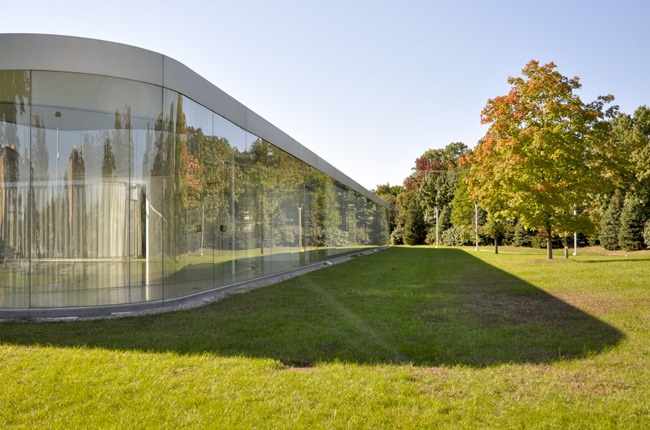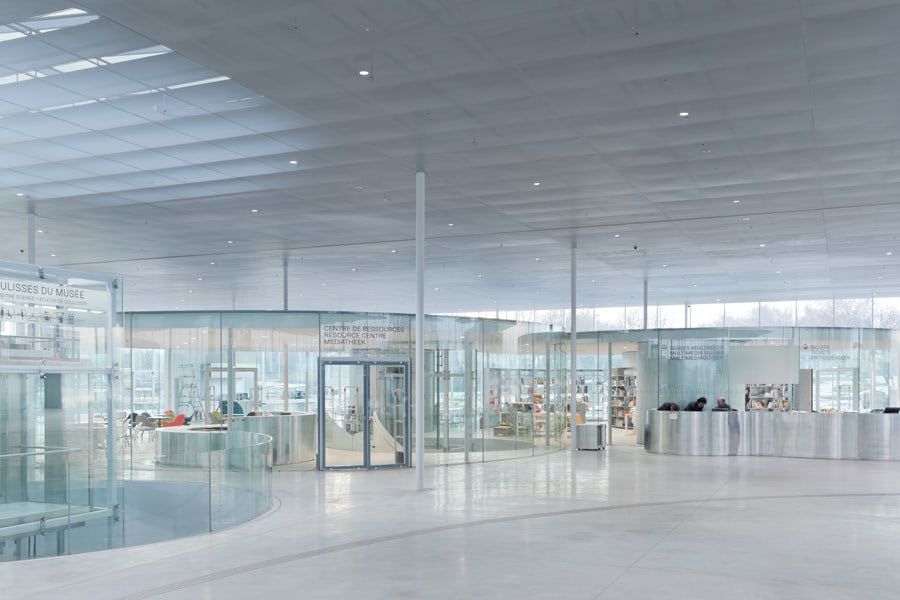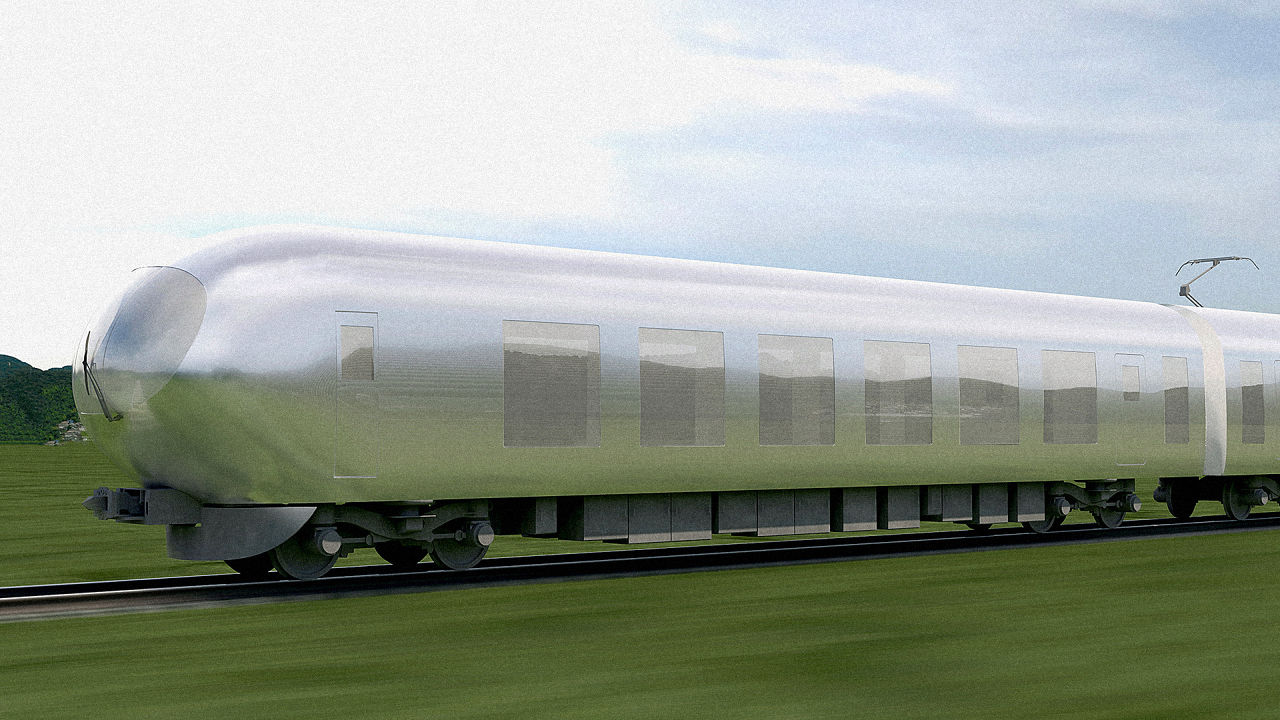Lately we noticed the tendency to design invisible infrastructures and buildings, constructions that blend into the landscape and tend to have little impact on the environment. The announcement of the invisible train arrives from Japan, as it often happens with futuristic projects - such as the levitating train. In this case, however, we talk about the near future, 2018.
According to the first images, this train will be reflective, coated with mirrors and translucent panels, and completely camouflaged in the surrounding environment. The project, still top secret, is in the hands of architect Kazuyo Sejima, Japanese archistar and Pritzker Prize winner.
 Toledo Museum of Art by Kazuyo Sejima
Toledo Museum of Art by Kazuyo Sejima
The invisible train, as well as improving the impact on the landscape, will radically change the way we travel: from the inside, comfortably seated in an armchair, you will have a complete view of the surroundings. "I thought it would be good if the train could gently coexist with this variety of scenery" said Kazuyo Sejima, while presenting the train of the future. "I would like it to be a limited express where large numbers of people can all relax in comfort, in their own way, like a living room, so that they think to themselves: I look forward to riding that train again".
 Louvre-Lens Museum by Kazuyo Sejima
Louvre-Lens Museum by Kazuyo Sejima
Like many of her buildings, the trains will feature a reflective surface. The idea is to use a technology that makes it possible to coat the wagons with mirrored, semi-transparent panels. If this techniques will prove to be successful it may be applicable to all existing trans. The company Seibu Railway, which commissioned the project, is already planning the transformation of the first convoys, in 2018 a large part of the Japanese rail network could become invisible. Trying to leave an almost imperceptible mark of our presence on this planet seems to be the tendency in the late years, especially within architecture. It is very stimulating and inspiring to see these impact-free designs, we certainly hope to see more similar projects in the future.
Source: The Telegraph. Images: Seibu Railway, Louve-Lens Museum, Toledo Museum of Art

Share your thoughts and join the technology debate!
Be the first to comment